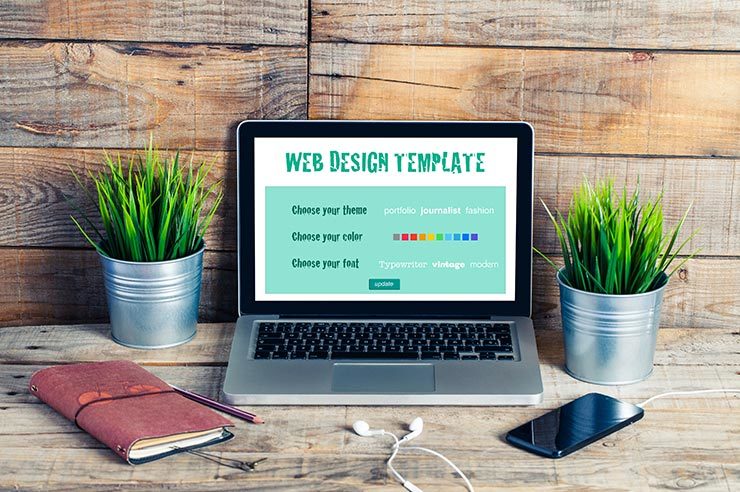Understanding WordPress Customization Opportunities
A wise band once said: Any way you want it, that’s the way you need it. It’s a lyric that speaks volumes to WordPress theme customization—well, maybe not specifically, although site design it’s not unlike building a relationship. The point is: getting what you want out of a site is the key to creating not only a strong online presence but a brand too.
However, just like relationships, the process can get complicated. That’s where we come in and break it down with the basics of WordPress theme customizations (and Journey, of course).
Choosing a Layout
WordPress refers to layouts as themes or “skins.” Your content—text, images, etc.—is the bare bones. To get a new theme, you’ll browse the WordPress Theme Directory. If you’re using a WordPress-hosted site, you’ll need to first install the theme. Installation instructions should be provided by the theme developer. Themes are typically installed via the Appearance section within the Administration Panel. Themes can also be installed through the control panel on a hosted site.
Pro tip: If theme installation instructions are not provided, it may be a good idea to avoid the layout altogether. Theme customization only gets more complicated after the initial setup, so you’ll want to ensure you choose an option that’ll have developer support—which means at least regular updates and maintenance.
Types of Theme Customizations
Most themes allow basic variations. Commonly, headers and other graphical elements can be updated to reflect your site’s branding. Basic color adjustments can be made, as well. For more distinct color and font customizations, you’ll need to modify the theme’s existing style sheet (CSS) or create a new one.
Theme Development
In some cases, a standard theme may not be sufficient enough for what your business is trying to accomplish (re: membership management, etc.). For complicated website plans, it’s possible to design your own theme. A child theme that features a simple CSS file is an easy way to start; however, if you want complete control over your site’s design, including the overall user experience and functionality, you’ll need a comprehensive subdirectory-hosted theme that includes PHP and HTML elements.
Ready for a new look? Any way you want it, that’s the way we’ll code it. Give us a call today and find out how we can help with your next web design and development project.



